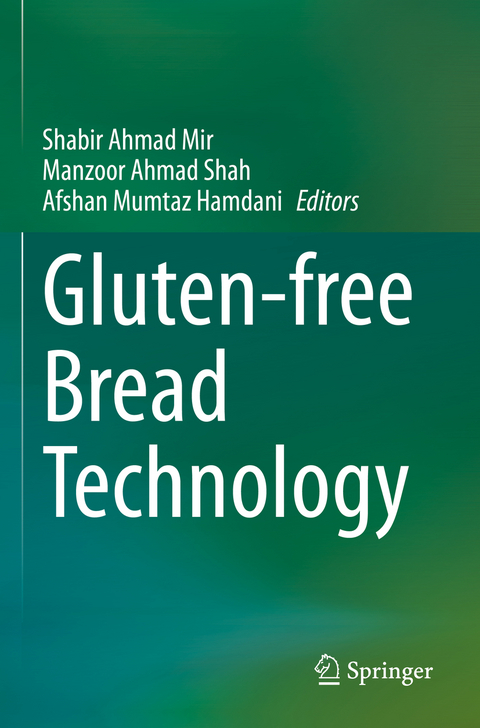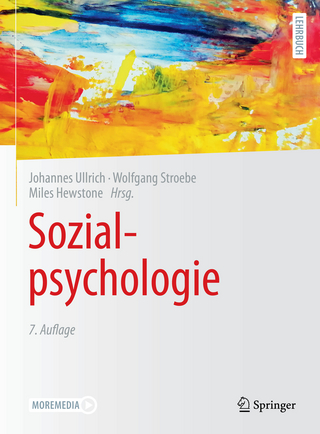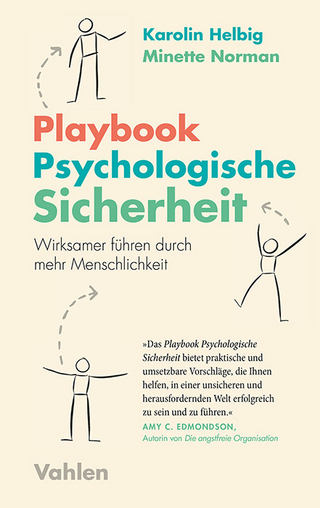
Gluten-free Bread Technology
Springer International Publishing (Verlag)
978-3-030-73900-3 (ISBN)
Market trend and the increasing diagnoses of celiac disease have encouraged extensive research into the development of gluten-free breads. Generally, the development of bread without gluten involves the use of diverse ingredients and additives aimed at imitating the viscoelastic properties of gluten and consequently obtaining quality bread products. However, developing gluten-free bread remains a technological challenge due to the key role of gluten in the breadmaking process.
Gluten-Free Bread Technology provides an overview of all fundamental issues and key factors associated with gluten-free bread technology, with the emphasis on the most recent findings on the subject. The promising results of the reviewed studies indicate that the gluten-free breads developed possess similar or better sensory attributes than those of control formulations, and some are even comparable to their wheat gluten-based counterparts. Chapters of this book focus on the role of additives, dough handling, and the physical, structural, sensory and nutritional properties of the gluten-free bread. The science of gluten intolerance is explained as well. With all relevant literature gathered and summarized in one place, this text will be an essential resource for both food scientists and industry professionals pursuing gluten-free formulations.
lt;p> Shabir Ahmad Mir (Ph.D) obtained his PhD in Food Technology from Pondicherry University, Puducherry, India. At present, he is an Assistant Professor at the Government College for Women, Srinagar, India. He has received the Best PhD Thesis Award 2016 for outstanding research work by the Whole Grain Research Foundation. He has organized several conferences and workshops in Food Science and Technology, Dr. Mir has published numerous international papers, book chapters, and edited five books.
1. Gluten intolerance.- 2. Challenges in development of gluten-free breads.- 3. Gluten free cereals.- 4. Starch and starch derivatives in gluten-free breads.- 5. Fruit and vegetable based ingredients in gluten-free breads.- 6. Understating the role additives in gluten-free breads.- 7. Flour modification for development of gluten free bread.- 8. Dough handling properties of gluten-free breads.- 9. Optimization of gluten-free bread technology.- 10. Technological aspects of gluten-free breads.- 11. Structural aspects of gluten-free breads.- 12. Nutritional quality of gluten-free breads.- 13. Sensory attributes of gluten-free breads.- 14. Consumers adherence to gluten free bread.- 15. Quality tests for evaluating gluten-free dough and bread quality.
| Erscheinungsdatum | 11.10.2022 |
|---|---|
| Zusatzinfo | VI, 282 p. 17 illus., 12 illus. in color. |
| Verlagsort | Cham |
| Sprache | englisch |
| Maße | 155 x 235 mm |
| Gewicht | 444 g |
| Themenwelt | Geisteswissenschaften ► Psychologie ► Arbeits- und Organisationspsychologie |
| Technik ► Lebensmitteltechnologie | |
| Schlagworte | celiac disease • Flour modification • gluten-free • Pseudocereals • viscoelastic |
| ISBN-10 | 3-030-73900-7 / 3030739007 |
| ISBN-13 | 978-3-030-73900-3 / 9783030739003 |
| Zustand | Neuware |
| Informationen gemäß Produktsicherheitsverordnung (GPSR) | |
| Haben Sie eine Frage zum Produkt? |
aus dem Bereich


